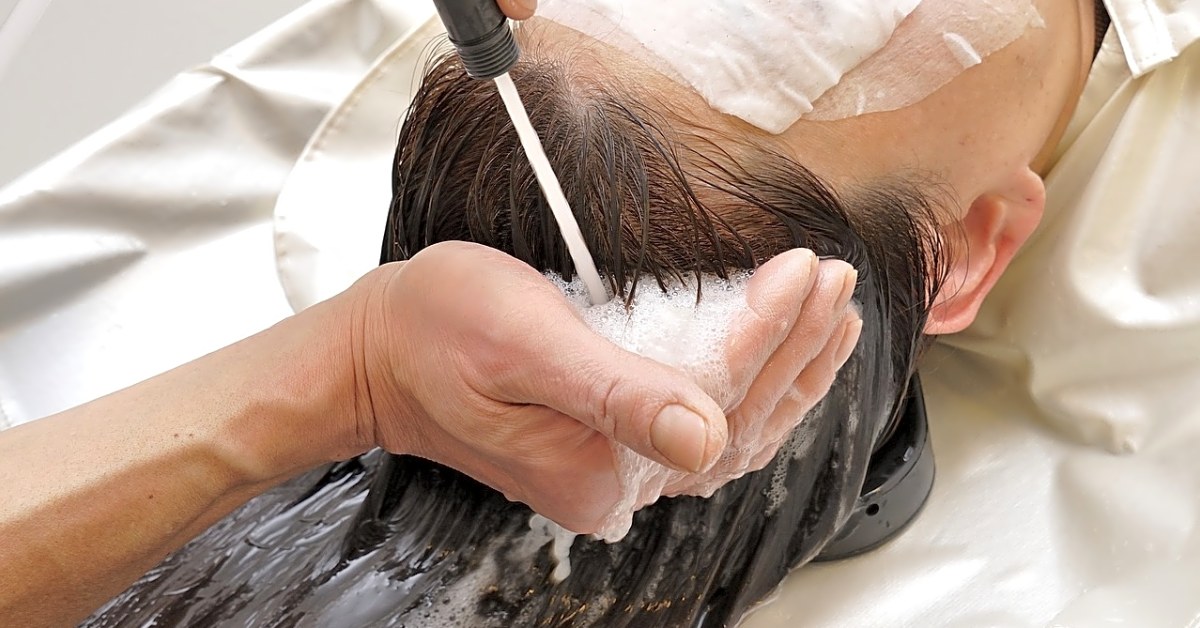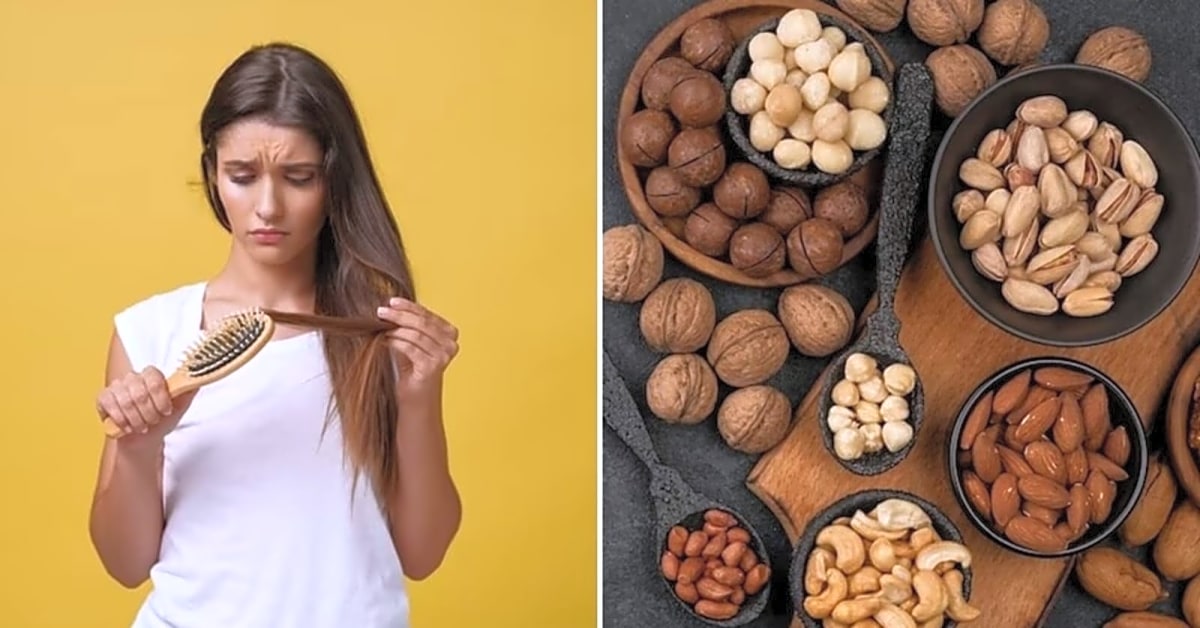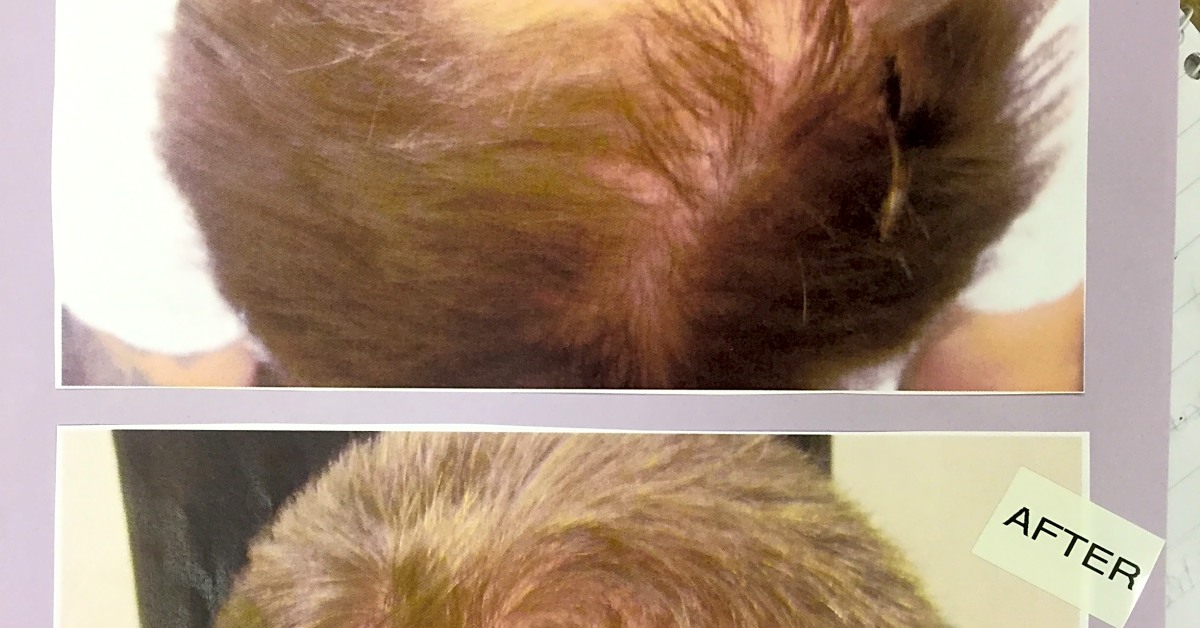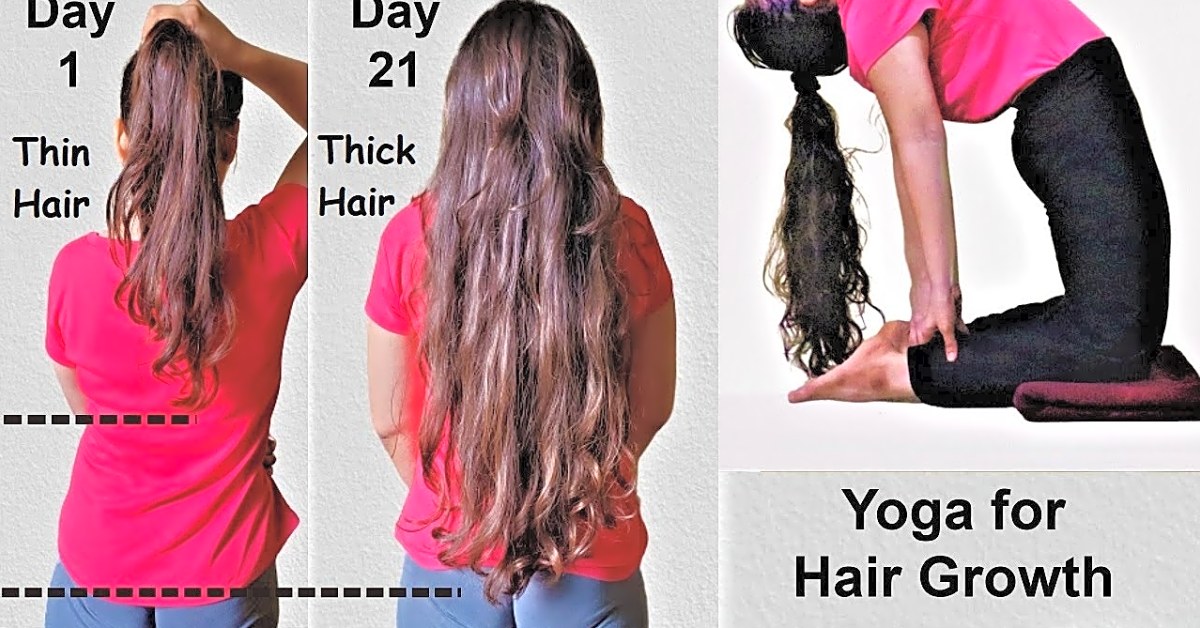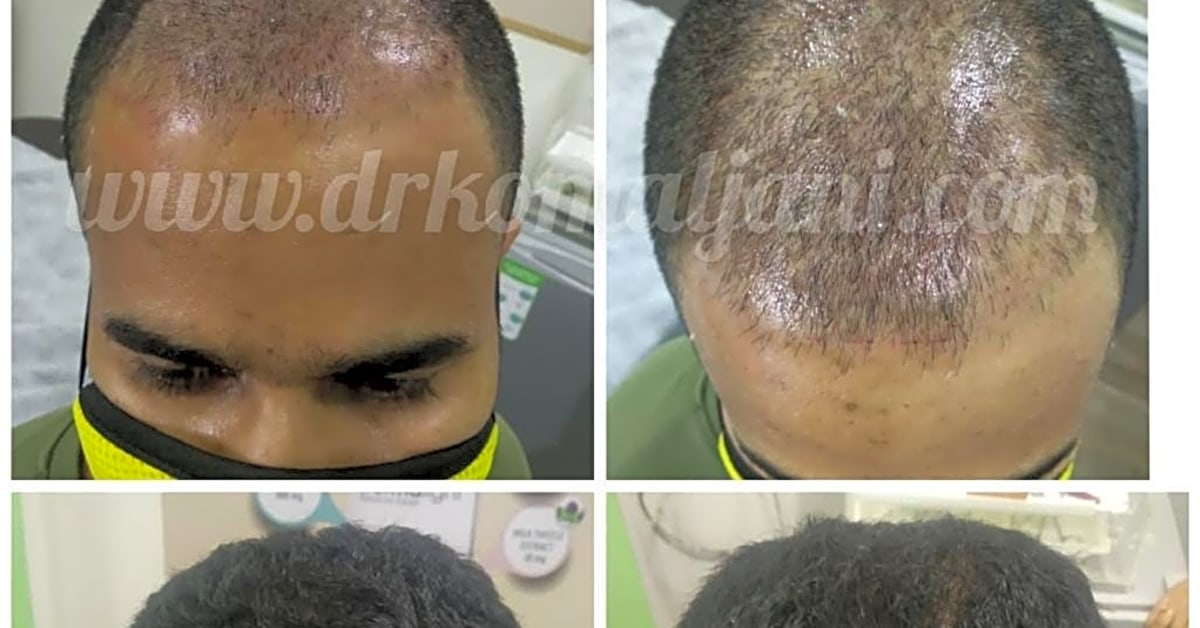Are you tired of dealing with pesky dandruff and irritating scalp conditions? Look no further, as we have compiled a comprehensive guide to help you find the best treatment options for these common hair issues. Our article will cover everything from the causes of dandruff and scalp conditions to the most effective solutions to keep your hair healthy and free from irritation. Whether you have dealt with these issues for years or are just starting to notice them, this guide is for you. So, sit back, relax, and get ready to say goodbye to dandruff and scalp conditions with our expert tips and recommendations.
When it comes to hair, there is no one-size-fits-all approach. Each person’s hair type is unique, and it is essential to understand how to care for your specific type to achieve healthy, beautiful hair. In this article, we will discuss the different types of hair and how to properly care for them.
Hair Types and Care
The first step in taking care of your hair is understanding your hair type. Hair types are typically classified as straight, wavy, curly, or coily. Straight hair tends to be more oily and requires less moisture, while curly and coily hair types tend to be drier and require more moisture. Wavy hair falls somewhere in between.
If you have straight hair, it is essential to avoid using heavy products that can weigh it down. Stick to lightweight formulas, and try not to wash your hair every day, as this can strip your scalp of its natural oils.
For curly or coily hair, moisture is key. Look for products that are specifically designed for these hair types and incorporate deep conditioning treatments into your routine. It is also essential to avoid using heat styling tools too often, as this can dry out your hair.
Common Hair Issues and Solutions
Now that we have covered the basics of caring for different hair types, let’s dive into some common hair issues that many people face.
Damage: Heat styling, chemical treatments, and even environmental factors can all lead to damaged hair. To combat this issue, it is crucial to use heat protectants when styling your hair and limit the use of harsh chemicals. Regular trims can also help get rid of split ends and prevent further damage.
Dandruff: Dandruff is a common scalp condition that causes flakes and itchiness. It is often caused by a yeast-like fungus called Malassezia, which feeds on the oils in your scalp. To treat dandruff, look for shampoos with active ingredients like zinc pyrithione or ketoconazole, which can help control the fungus.
Thinning: Thinning hair can be caused by various factors, including genetics, hormonal imbalances, and stress. To promote hair growth, incorporate nutrient-rich foods into your diet and consider taking supplements like biotin. Additionally, avoid tight hairstyles that can put stress on your hair follicles.
Tips for Healthy Hair
In addition to addressing common hair issues, there are some general tips you can follow to maintain overall hair health.
First, avoid over-washing your hair as this can strip it of its natural oils. Instead, try to wash it every other day or every few days. When you do wash your hair, use a gentle shampoo and focus on the roots.
Next, make sure to condition your hair regularly. Conditioner helps to replenish moisture and keep your hair soft and manageable. For extra hydration, consider using a leave-in conditioner.
Lastly, protect your hair from heat styling tools by using a heat protectant spray. It is also a good idea to give your hair a break from heat styling every once in a while and let it air dry instead.
By following these tips and understanding how to care for your specific hair type, you can combat common hair issues and achieve healthy, beautiful hair. Remember to be patient and consistent with your hair care routine, and you will see results over time.
Tips for Healthy Hair Growth
In addition to treating dandruff and scalp conditions, it is also important to focus on promoting healthy hair growth and maintaining overall hair health. This will help prevent future flare-ups and keep your hair looking and feeling its best.
One key tip for promoting hair growth is to regularly massage your scalp. This increases blood flow to the hair follicles, providing them with essential nutrients and oxygen for healthy growth. You can do this with your fingers or invest in a scalp massager for an even more thorough massage.
Incorporating essential oils into your hair care routine can also help promote hair growth. Certain oils, such as rosemary, peppermint, and lavender, have been shown to stimulate hair growth and improve scalp health. You can mix a few drops of these oils with a carrier oil, such as coconut or jojoba oil, and massage it into your scalp before shampooing.
Another important factor in maintaining healthy hair growth is proper nutrition. Make sure your diet includes foods rich in vitamins A, C, and E, as well as biotin and iron. These nutrients are essential for strong, healthy hair.
Additionally, make sure you are not over-styling or using harsh chemicals on your hair. This can lead to damage and breakage, hindering hair growth. Opt for gentle, natural hair care products and limit heat styling as much as possible.
With these tips in mind, you can promote hair growth and maintain overall hair health while treating dandruff and scalp conditions. Remember to be patient and consistent with your routine, and you will see the results you desire.
Common Hair Issues
Are you struggling with common hair issues like damage, dandruff, or thinning hair? These problems can be frustrating and can greatly affect the overall health and appearance of your hair. However, with the right knowledge and treatment options, you can achieve your desired hair goals.
Causes of Damage: There are many factors that can contribute to hair damage, including excessive heat styling, chemical treatments, and harsh hair products. These can strip the hair of its natural oils, causing it to become dry, brittle, and prone to breakage.
Solutions for Damage: To repair damaged hair, it is important to use gentle hair products and limit the use of heat styling tools. You can also opt for nourishing hair masks or oils to restore moisture and strengthen the hair.
Causes of Dandruff: Dandruff is a common scalp condition caused by the overgrowth of a fungus called Malassezia. This can be triggered by stress, hormonal changes, or a weakened immune system.
Solutions for Dandruff: The best way to treat dandruff is by using anti-dandruff shampoos containing ingredients like zinc pyrithione or ketoconazole. These help to control the overgrowth of fungus and reduce inflammation on the scalp.
Causes of Thinning Hair: Thinning hair can be caused by genetics, hormonal changes, or even certain medical conditions. It can also be a result of excessive styling or using harsh hair products.
Solutions for Thinning Hair: If you are experiencing significant hair loss, it is important to consult a doctor to determine the underlying cause. In some cases, medication or supplements may be recommended. You can also try using volumizing hair products to give the appearance of thicker hair.
Different Hair Types
Are you struggling with dandruff or other scalp conditions? Do you want to maintain healthy, beautiful hair? Look no further! In this article, we will cover everything you need to know about treating dandruff and scalp conditions to achieve your desired hair goals. One important factor to consider when treating dandruff and scalp conditions is your hair type. Each hair type requires different care in order to maintain its health and beauty. Here are some tips for caring for different hair types:
Straight Hair: Straight hair tends to be more prone to oiliness, which can contribute to dandruff and scalp conditions. It is important to wash straight hair regularly with a gentle shampoo and avoid using heavy styling products that can weigh down the hair and clog the scalp.
Curly Hair: Curly hair can be more prone to dryness, which can lead to flakiness and scalp irritation. It is important to use a moisturizing shampoo and conditioner specifically designed for curly hair, and avoid using hot styling tools that can further dry out the hair and scalp.
Wavy Hair: Wavy hair falls somewhere between straight and curly hair, so it is important to find a balance in your hair care routine. Use a gentle shampoo and conditioner, and avoid heavy styling products that can weigh down the hair and cause build-up on the scalp.
Fine Hair: Fine hair is more delicate and can easily become weighed down by heavy products. It is important to use lightweight, non-greasy products and avoid over-washing, as this can strip the hair of its natural oils and lead to a dry, flaky scalp.
By understanding your specific hair type and its unique needs, you can better care for your hair and prevent dandruff and scalp conditions. Remember to always use gentle products and avoid harsh chemicals or excessive heat styling, as these can further exacerbate hair and scalp issues. With the right care and treatment, you can achieve healthy, beautiful hair and say goodbye to dandruff and scalp conditions for good.
By following our comprehensive guide to treating dandruff and scalp conditions, you can achieve your desired hair goals. Remember to tailor your hair care routine to your specific hair type and address any common issues that may arise. With these tips and treatment options, you can have healthy, beautiful hair.

